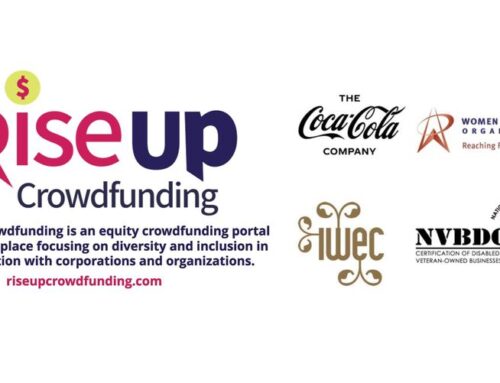In Tim Cook’s 2017 MIT commencement address, he warned graduates, “People will try to convince you that you should keep empathy out of your career. Don’t accept this false premise.”
The Apple CEO is not alone in recognizing and emphasizing the importance of empathy — the ability to share and understand others’ emotions — at work.
By Jamil Zaki for Harvard Business Review
photo by RF PICTURES/GETTY IMAGES
At the time of his remarks, 20% of U.S. employers offered empathy training for managers. In a recent survey of 150 CEOs, over 80% recognized empathy as key to success.
Research demonstrates that Cook and other leaders are on to something. Empathic workplaces tend to enjoy stronger collaboration, less stress, and greater morale, and their employees bounce back more quickly from difficult moments such as layoffs. Still, despite their efforts, many leaders struggle to actually make caring part of their organizational culture. In fact, there’s often a rift between the culture executives want from the one they have.
Imagine a company whose culture is defined by aggression and competition. The CEO realizes he and his colleagues can’t go on this way so he hastily rolls out empathy as a key new corporate value. It’s a well-intentioned move, but he has shifted the goal posts, creating distance between the organization’s ideals — prescriptions for how people ought to behave — and its current social norms—how most members of a group actually behave. He might hope this will put employees in an aspirational mood, but evidence suggests the opposite. When norms and ideals clash, people gravitate towards what others do, not what they’re told to do. What’s worse, people who adhered to the previous culture might feel betrayed or see leadership as hypocritical and out of touch.
Thankfully there’s a way to work with the power of social norms instead of against them, and consequently change cultures. As I describe in my book, The War for Kindness, people conform not just to others’ bad behaviors, but also adhere to kind and productive norms. For instance, after seeing people vote, conserve energy, or donate to charity, people are more likely to do so themselves. My own research also demonstrates that empathy is contagious: people “catch” each other’s care and altruism. Here are a few ways leaders can leverage this insight to build empathy in their workplace.


